Hello! Click on one of our members below to chat on Whatsapp
The great Inca Empire was famous for constructing the most complex road network of its time. The roads were there to connect the extensive empire that included the countries of Peru, Bolivia, Ecuador, Colombia, Chile and Argentina. However, the rivers and ravines presented some challenges to this impressive network. The Incas than started using surprising architectural methods to overcome these challenges. The material used in Q´eswachaka is called Coya Ichu, which is a grass fiber that grows in high altitude mountainous regions.
The Last Inca Bridge of Q´eswachaka is the only place left in the world to observe this unique construction style. Lucky for us, the communities of this region maintain and choose to not abandon their ancient customs. Every year you can watch them continue an extraordinary old age tradition of renewing this Inca bridge using ancient techniques.
Today, Orange Nation invites you to visit and tour the hanging Qeshuachaca bridge that´s made of rope.
Qeshuachaca is located 180 km from Cusco City and was built more than 500 years ago. To get there, you need to drive through the South Valley of Cusco to the province of Canas. Along the way you will pass the 4 picturesque lakes, namely Pomacanchi, Acopia, Asnaqocha and Pampamarca. After, you drive further to the district of Quechue. The bridge is located at 3 700m/ 12 139 ft above sea level crossing the Apumaric River.
This suspension bridge is 30 meters long and 1.20 meters wide.
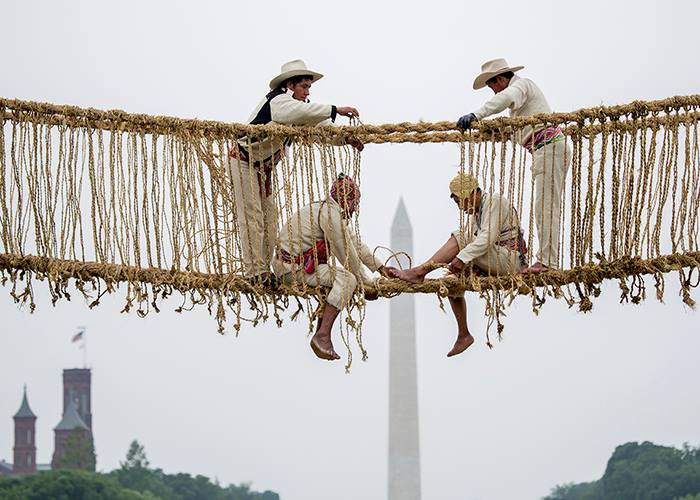
The reconstruction of the bridge is a sacred ritual that carries a lot of magnitude to the people in this isolated district. It´s a 4-day ritual that follows a custom that has been passed down for many generations. They hold the ritual at high regard because its the last direct link to their Inca culture. Out of respect, they all dress up in their colorful traditional outfits and perform certain rituals like Pachamama during the construction of the bridge.
The sacred ritual begins on the second week of June. On day 1, the rite to the “Apu Quinsallallawi” is celebrated at dawn. The women head out to collect qoya ichu, the grass fibers used for the construction of the bridge. After, they start the pain staking process of braiding the grass into ropes called “qeuswa”. Each family has to produce a rope that is 38m in height. As day breaks, people from the 4 nearby communities head toward the Apumaric River. It´s a true spectacle to watch everyone in the same brightly colored traditional outfits, with the women carrying the ropes on their backs. On arrival, they lay the ropes on the ground and the men begin to twist, pull and tighten on opposite ends, to make the ropes firm, united and resistant.
The atmosphere is that of fun and comradeship. To end the day, the ropes are braided together into four large ropes for the base of the bridge before everyone goes back home for the night.
On the second day the women do not come to the location where the bridge is being built. This comes from the ancient belief that women bring bad luck. Additionally, an animal is sacrificed on each end of the bridge to protect against accidents on the bridge. Another tradition that´s observed is the starting of a fire to begin the ritual of Pachamama. The women stay in the lower part and continue weaving incase more rope is needed. The men than lay the ropes on the ground to form the base of the bridge. The ropes are extremely heavy and it takes teamwork and lots of physical strength to tie the ropes on each end of the bridge. After enjoying a barrel of Chicha de Jora, everyone returns home from an exhausting day.
This is the final day of construction. The hand rails and floor are then installed. Its yet another long and tedious process. After everything is done, the authorities are the first to cross over the bridge to test its durability. Everyone retires for the day to get ready for the upcoming day of festivities.
This is the best day by far. The town folk get together to celebrate another successful year of this great ritual. The locals enjoy a large feast, some dancing and music. The bridge is then finally open to the public and all the tourists like ourselves.
There are two ways you can visit the bridge and experience its wonder and incredible craftsmanship.
By Yourself: This way is tough, but with a lot of determination and good Spanish, its doable. First, you have to find a taxi who knows the route. There aren’t many around who know the exact way, so perhaps asking someone at your hotel or hostel might be a good way to start.
They will take you all the way to the town where the bridge is situated around 31/2 hours from Cusco. Then you can take all the time you want to appreciate the bridge and snap some photos.
We recommend taking food for the day in case you don’t find anything you would like to eat. It’s a long journey and the food in the village can be fairly basic. This is especially required if you suffer from allergies or have dietary preferences.
You will have to negotiate with the taxi to wait for you and take you back to Cusco. You can expect to pay around 250/300 soles for this service for the whole day. Chances of finding a taxi there to take you back are very limited. You would also end up paying a lot more, because both taxis would factor in the cost of the high possibility of returning with no passenger.
With an Agency: This option tends to be cheaper and you’ll be guaranteed to get there safely. With these trips, you should also get food included so you only need to take snacks. You will also get to stop off at different places to see more along the route. Contact Orange Nation Peru, so we can create the best itinerary to Qeshuachaka Inca Bridge, with amazing stops along the way.
Orange Nation offers this tour on request. It can be customized to accommodate your travel needs and schedule. Contact us by WhatsApp or email and we will be glad to be of assistance.
Email: info@orange-nation.com
WhatsApp number: +51 992 126 224

Comfortable lodging near the ruins of Ollantaytambo, in the Sacred Valley of the Incas
Learn More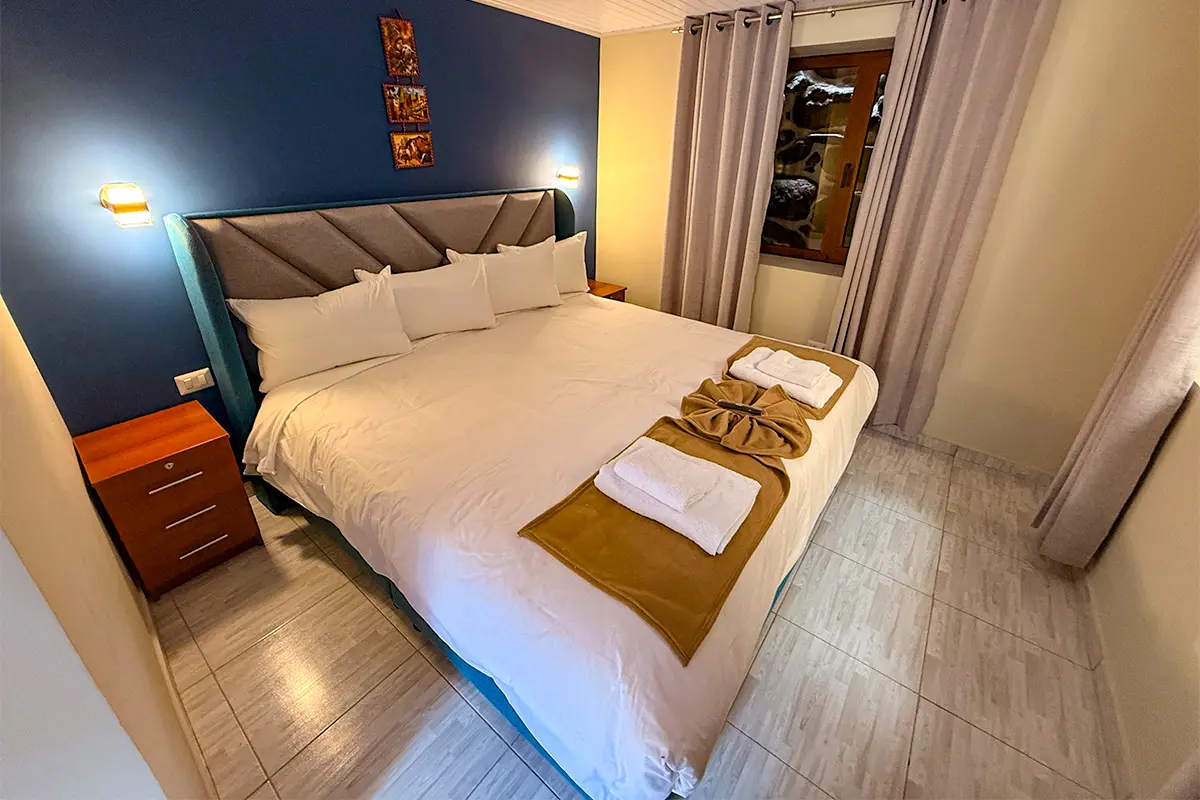
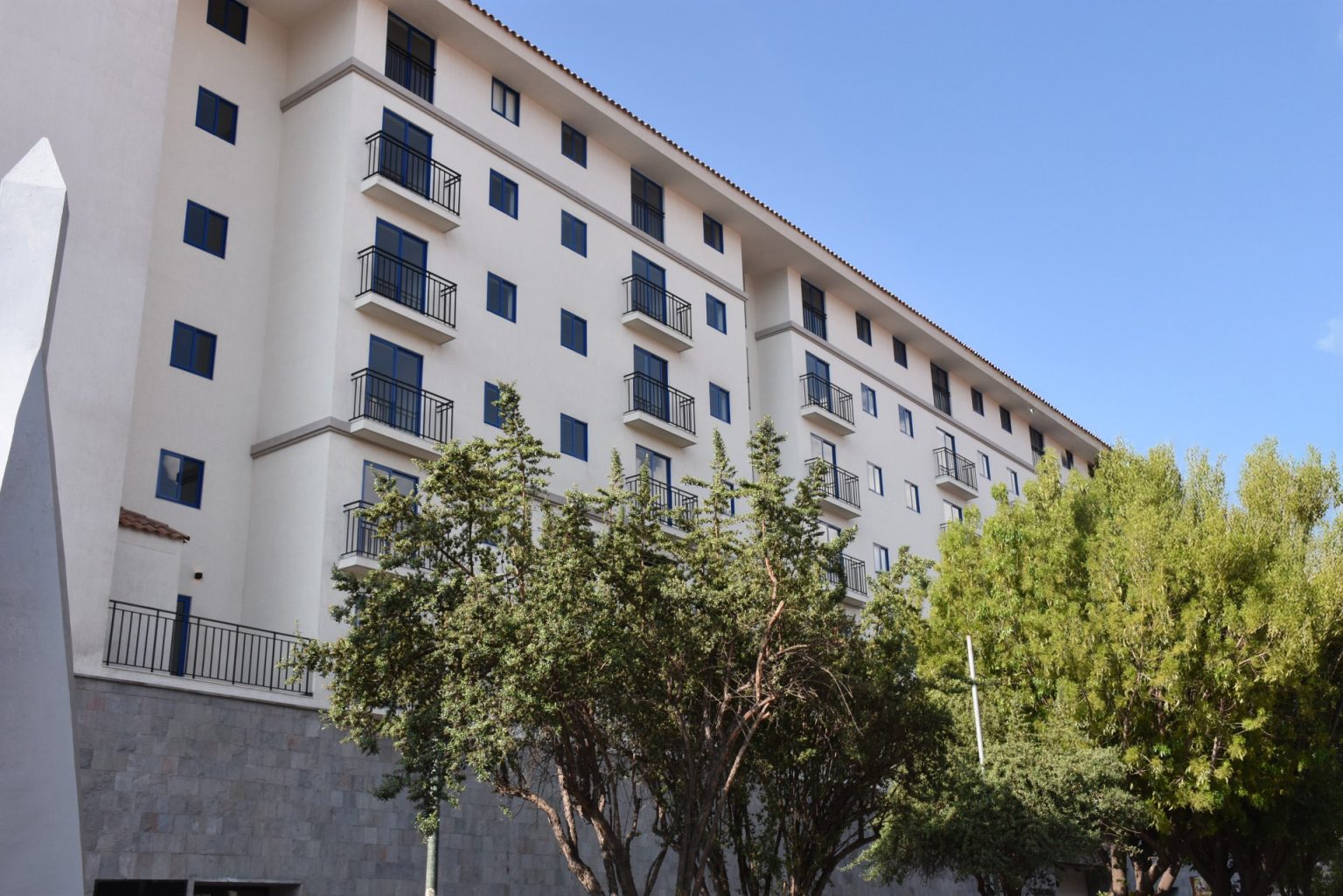
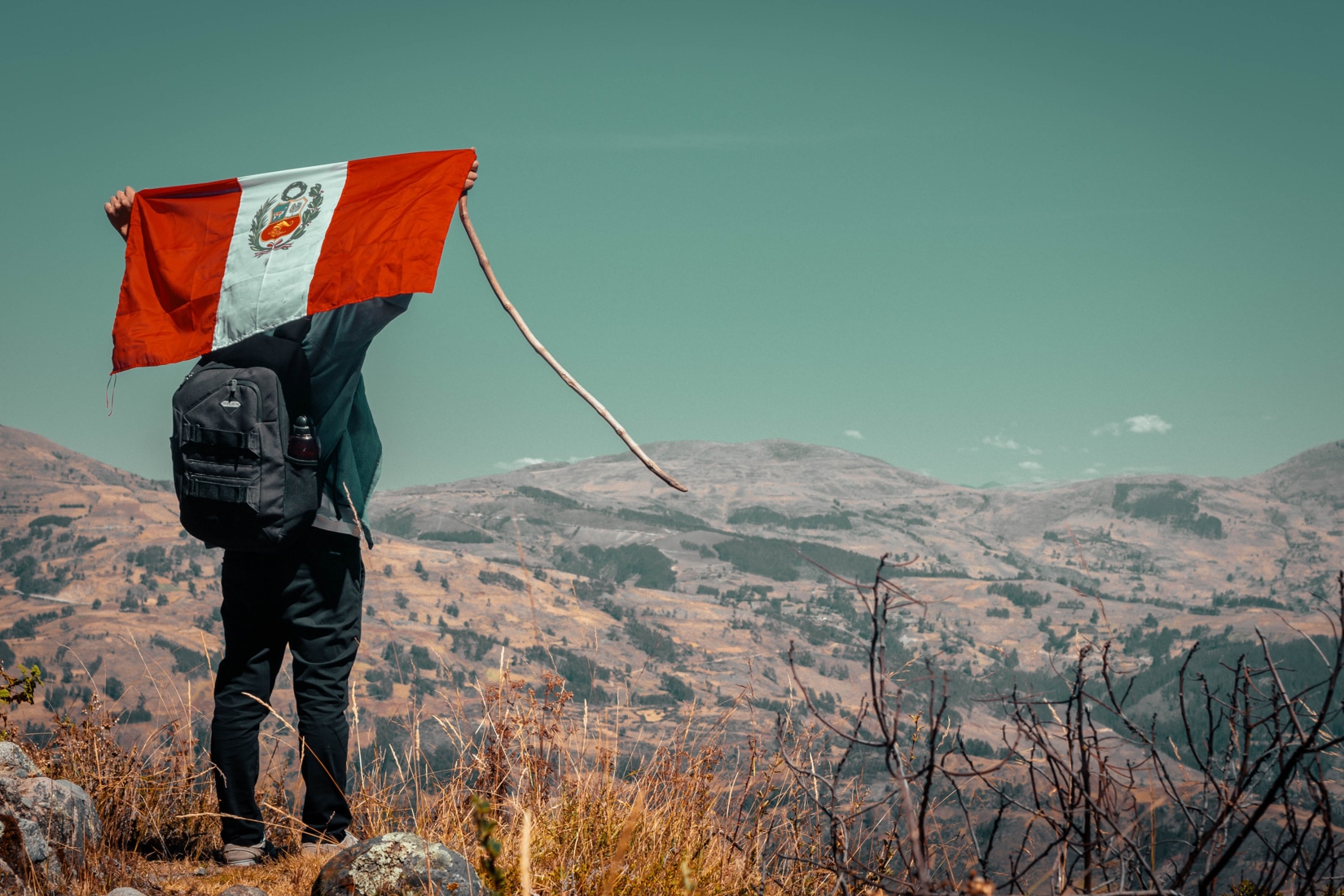
Travelling with children or teens in Peru is a different experience than travelling solo or as a couple; extra planning is required. This article will give you what you need to know to organize an unforgettable family trip to Peru. Peru is an excellent destination for children of all ages, all guaranteed to have a […]
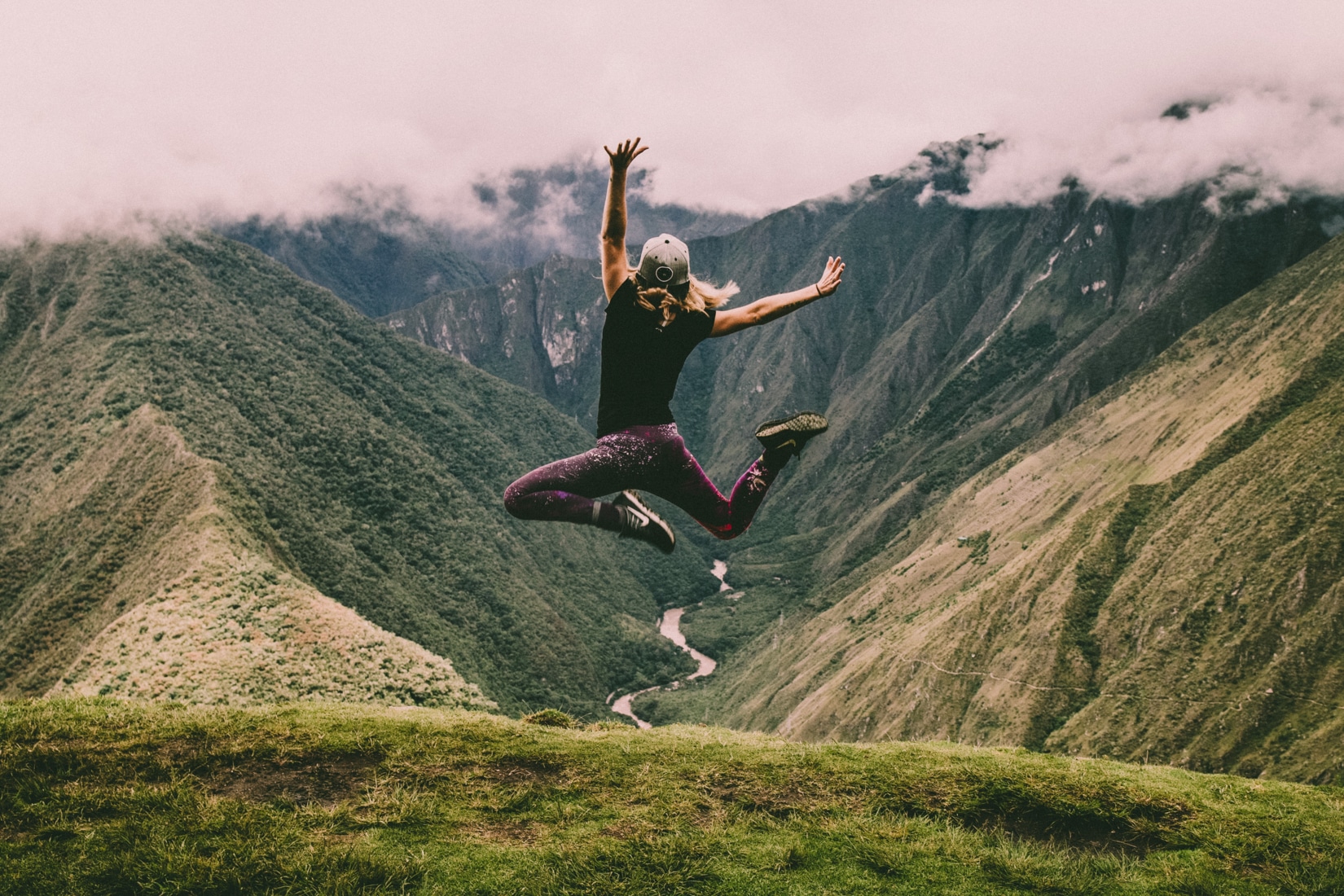
The Inca Jungle Trek to Machu Picchu is the perfect adventure trek for the thrill seekers among you. Start your adventure with downhill mountain biking, which leads to a lookout point with breath taking views of the Andean landscape. After, enjoy an exhilarating experience white water rafting down the Urubamba river. If that wasnt enough, […]
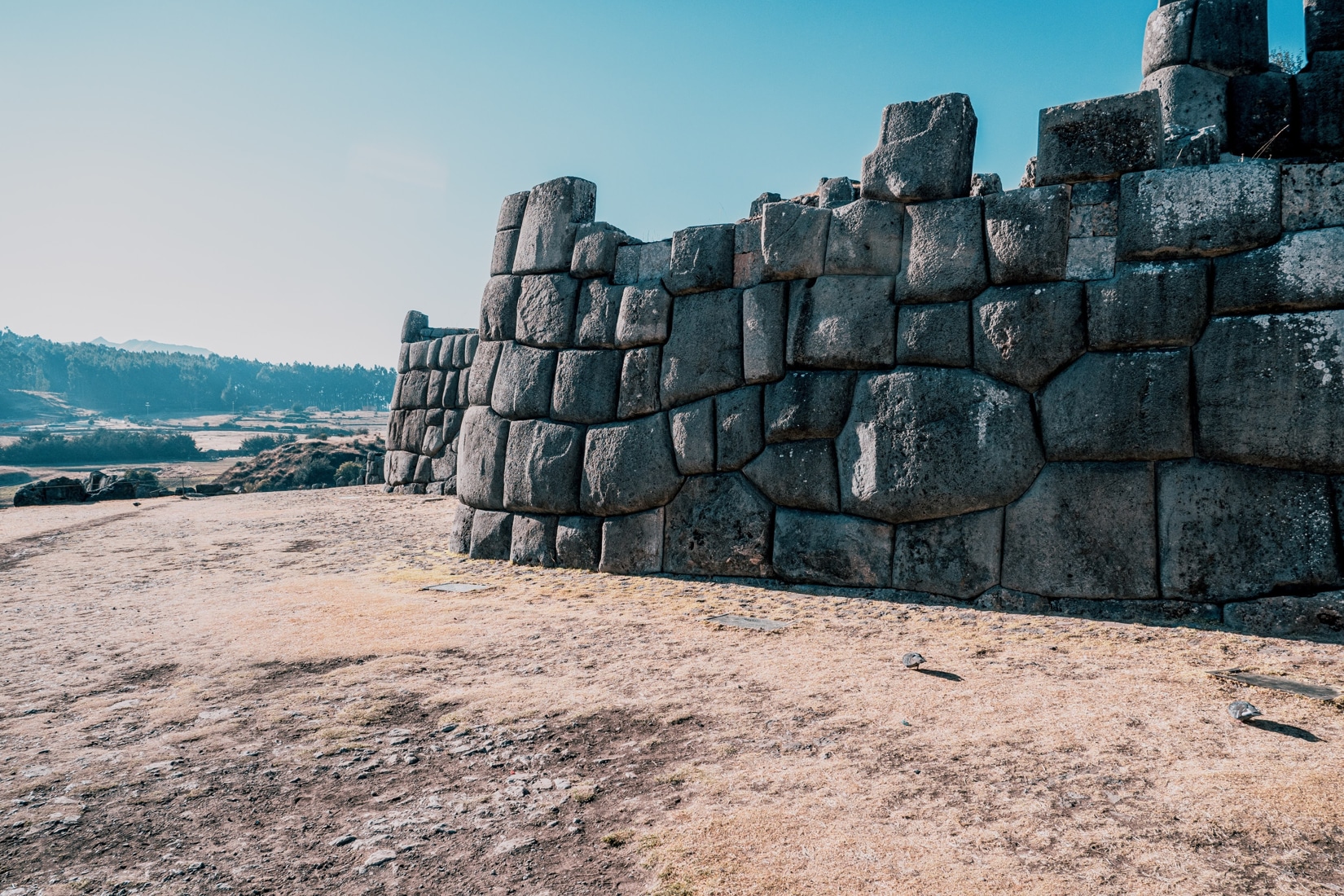
Sacsayhuamán is one of the most imposing and mysterious structures in the world. It contains 3 layers of zigzag walls made from megalithic stone. Just above Cusco you will find the enigmatic structure of Sacsayhuaman. Historians and archeologists believe that it was constructed around the 15th century during the reign of the most successful Inca […]
Discover why thousands of people around the world trust us to explore the best of Peru.
Couples
Trip to Rainbow mountain. First to the mountain thanks to Yair’s expert driving and special thanks to Cristian for being my guide. Highly recommend!
Written July 2, 2025
Family
We had an incredible experience hiking the Inca Trail with Ray as our guide. Ray was amazing. He was super knowledgeable about the history of the Incas, and he brought that history to life. We visited three larger sites, and several smaller ones that we arrived at by foot deep in the Peruvian jungle. Ray's was an incredible, passionate, and experienced guide, and also just a great person we are lucky to have met. I also have to mention Moses, our porter who made an amazing lunch and hiked it up to our resting spot 2000 ft above the Urambamba River to Wiñaywayna.
Written July 4, 2025
Family
Did the short inca trail through sam travel and it was an unforgettable experience. Hiking from the train to the Sun Gate with its beutiful views of macchu piccu was incredible. Our guide, Ray, was extremely knowledgeable, passionate, and always positive. At every location and along the way he had fascinating information to share and no question went unanswered.
Written July 4, 2025
Family
We had a great experience with our guide Cristian during our visit to the Sacred Valley and Machu Picchu. He shared clear and detailed explanations, with a fascinating historical narrative that helped us truly connect with the places we explored. I learned so much thanks to him. The atmosphere was also really positive and friendly throughout the tour. Highly recommended!
Written June 26, 2025